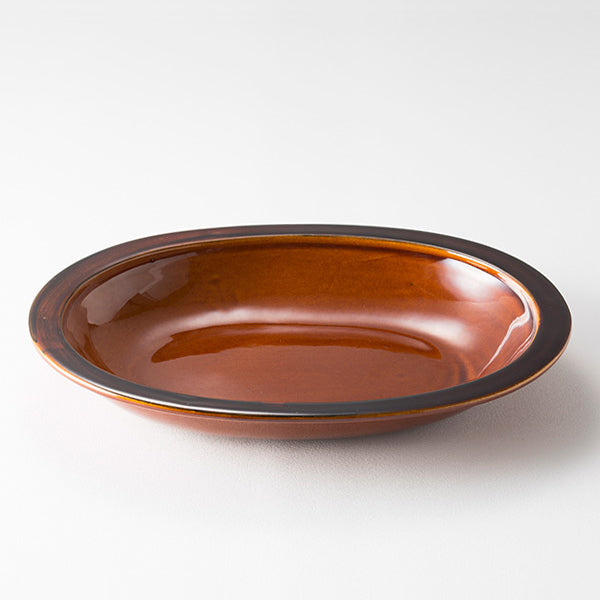
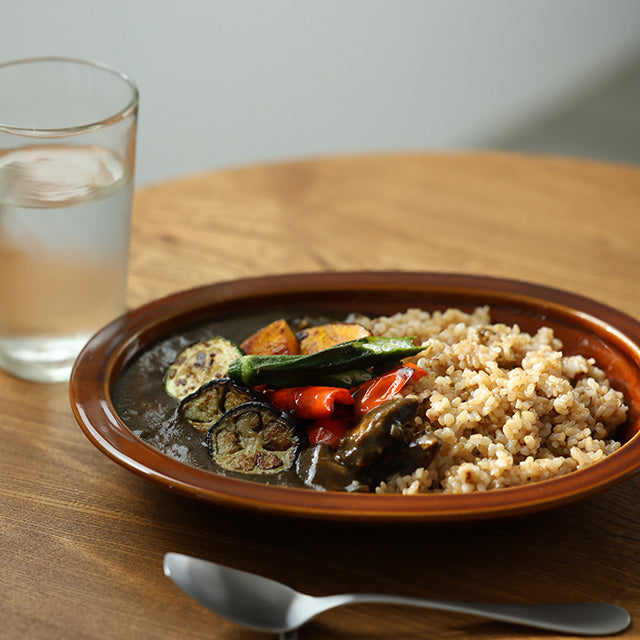
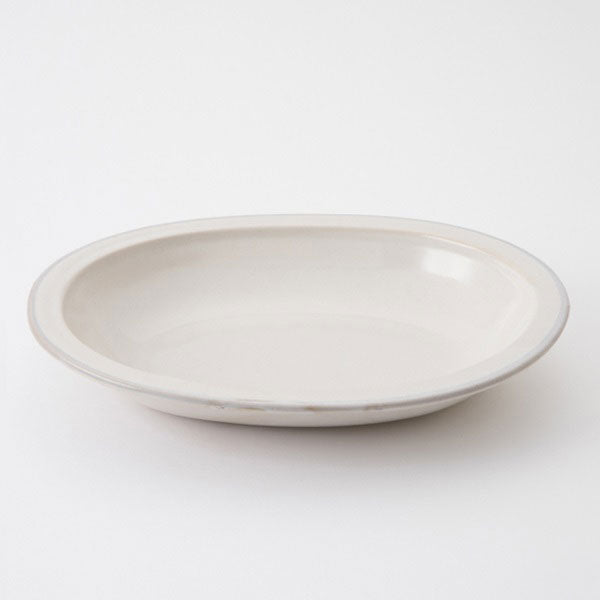
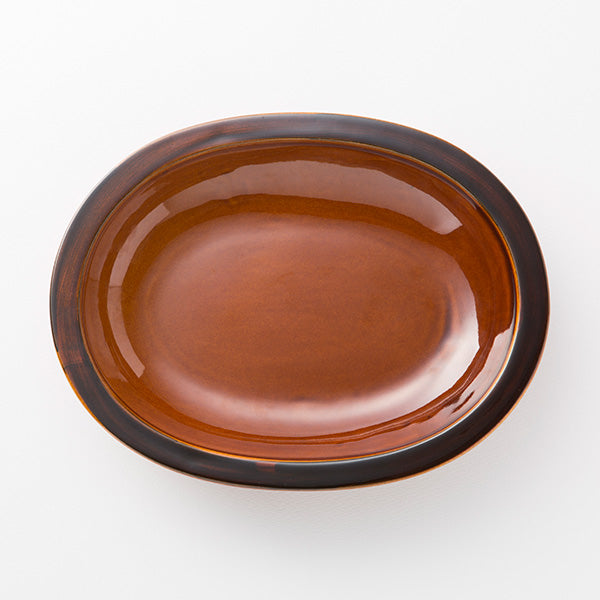
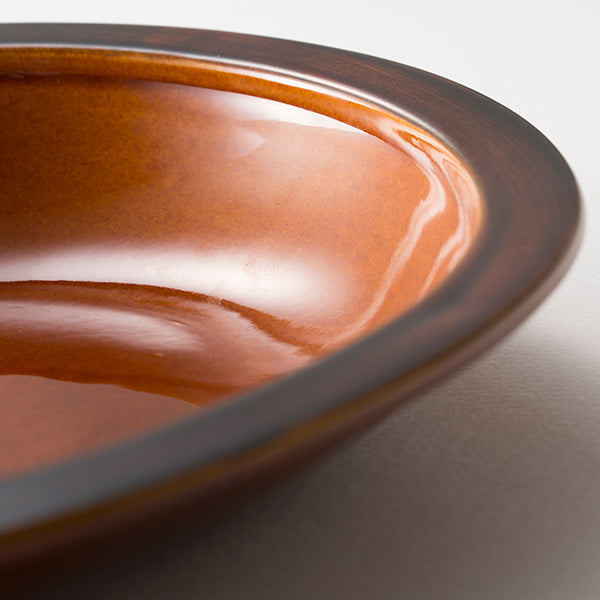
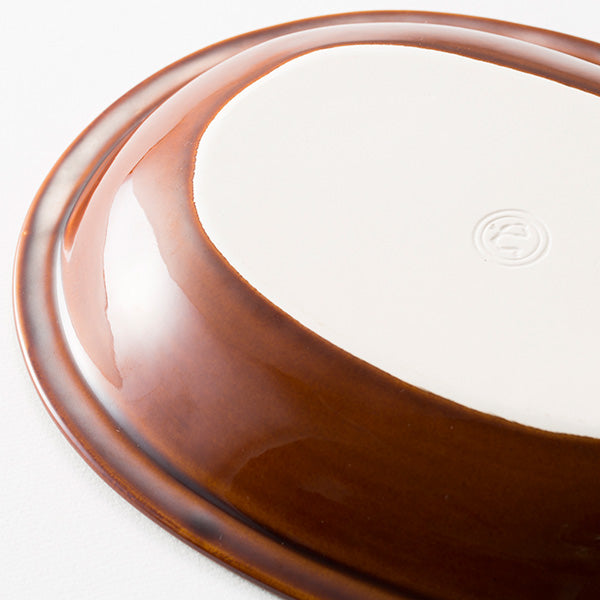
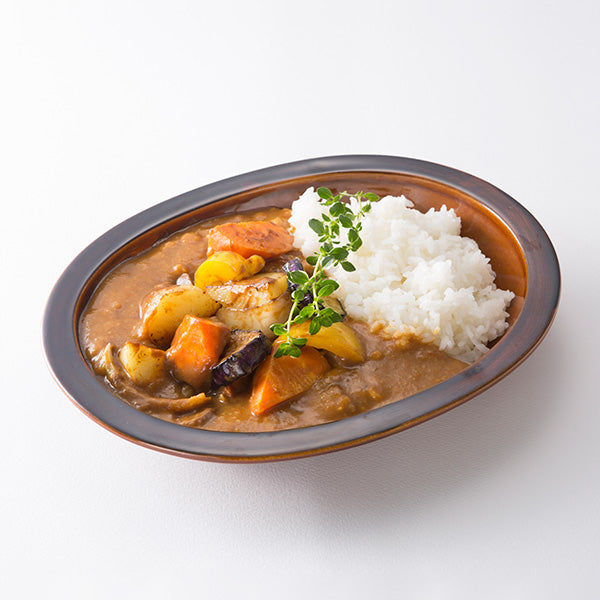
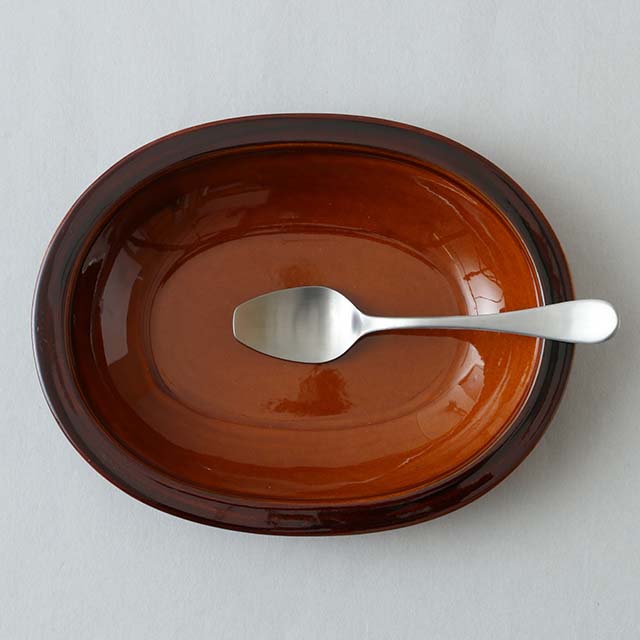
Banko-yaki Curry Plate
- Regular price
- €43,50
- Sale price
- €43,50
- Regular price
-
A plate for curry that combines generous expression with functionality.
We created this plate in collaboration with Yamaguchi Pottery in Komono-cho, Mie Prefecture, which carries on the Banko-yaki tradition, to make it easy to serve cu ...
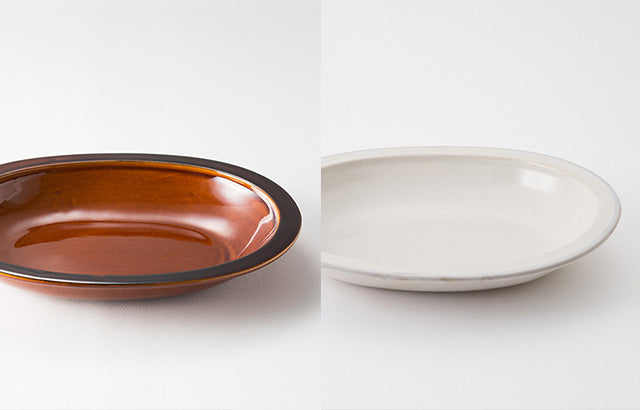
A shape that's easy to plate and easy to scoop
We've adopted the classic oval shape typical of curry plates, offering two colors: a rich amber that conveys warmth and a simple, versatile white. By raising the rim of the plate vertically, we've created a shape that makes it easy to scoop up every last grain of rice. The rim is also easy to grip, and spillage is minimized.
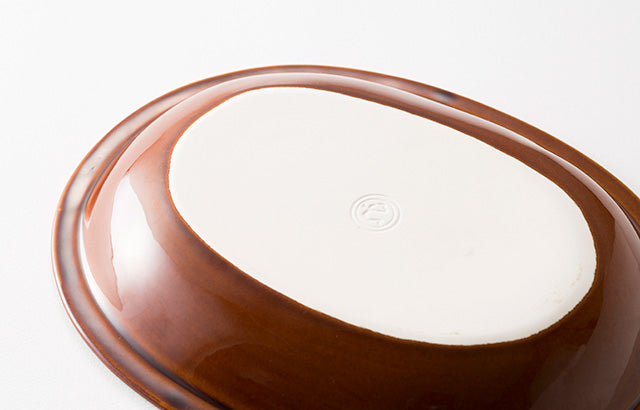
Banko-yaki pottery that began in the Edo period and is rooted in Mie Prefecture
Banko-yaki pottery is passed down in and around Yokkaichi City and Komono Town in Mie Prefecture. It is said to have begun in the mid-Edo period when Numami Rozan, a wealthy merchant from Kuwana, opened a kiln as an extension of his tea ceremony interests. Today, it remains a major center for Japanese tableware production, creating a diverse range of products including earthenware pots, dishes, vases, and ornamental objects. Made from semi-porcelain that has intermediate properties between soft ceramic and high-strength porcelain, it is also characterized by its heat resistance.
More information
Delivery & returns
Free international shipping available on qualifying orders. Global shipping from Nara, Japan via DHL. Returns accepted within 14 days of delivery for unused items in original packaging (return shipping at customer's expense).
Product Reviews
You May Also Like
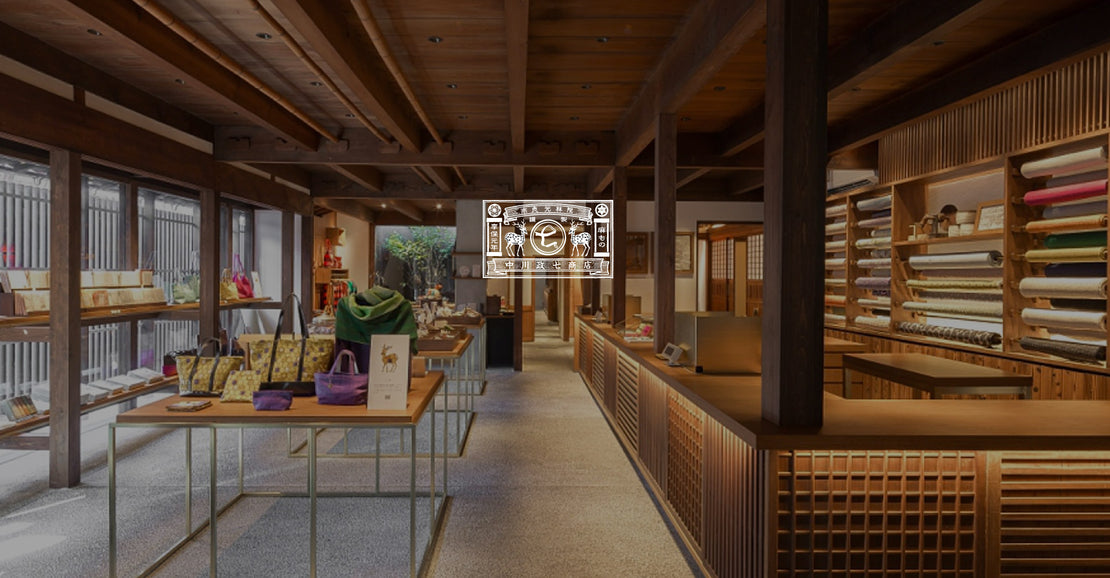
Our Vision is "Revitalize Japanese Kogei"
For 300 years, Nakagawa has supported Japanese heritage craft houses across the nation, committed to revitalizing Japanese Kogei for another century to come.
